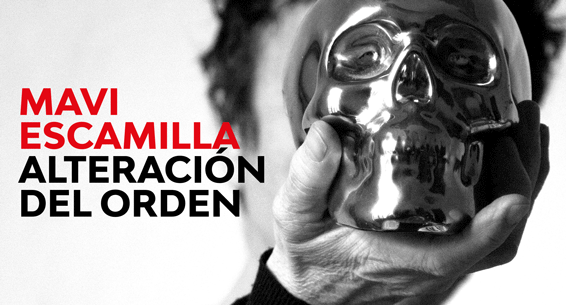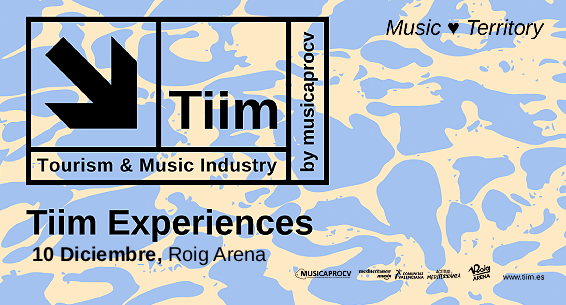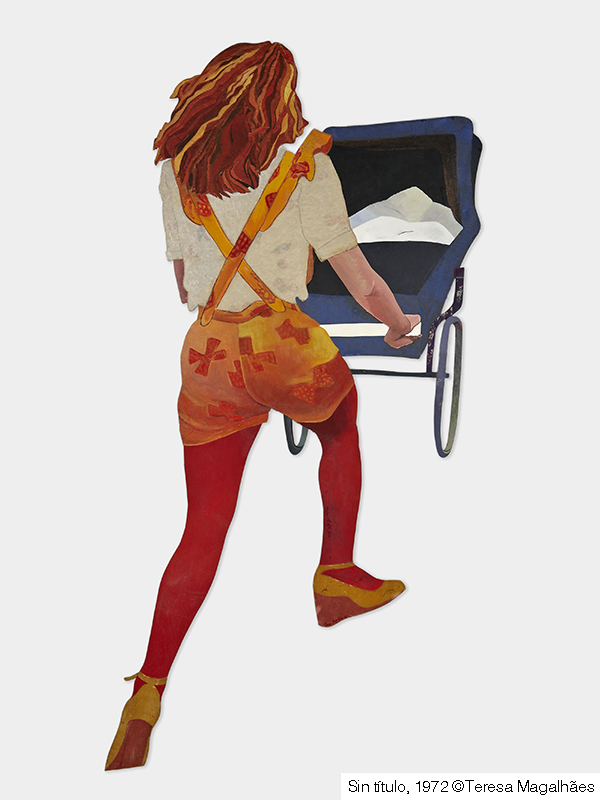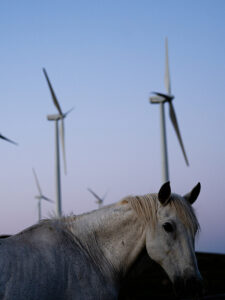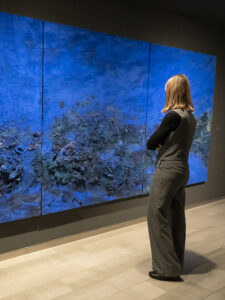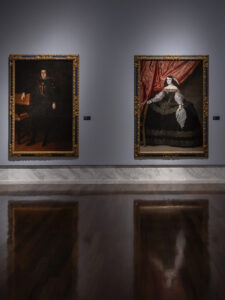UNTIL SUNDAY 29/9
VAT. Guillem de Castro, 118
In 1975 The soldier who had forcibly established an iron dictatorship of almost forty years in Spain died; in 1974, in Portugal, a faction of the army rose up against the longest dictatorship in Europe. They are two capital events that draw historical parallels between the countries that occupy the Iberian Peninsula., they shared slogan (“Deus, Homeland and Family”) and including king (Felipe II) within the Hispanic monarchy back in the 16th century. However, In Spain we know very little about our neighbors beyond fado and cod, very little of portuguese art, rather nothing about the art made by women in Portugal and its links with Spanish artists. That is what comes to correct the IVAM The power with which we jump together, an exhibition that brings women artists living in both countries into dialogue between the decades of 1960 y 1970, in dictatorial contexts that promoted a traditional vision of women, mother and wife. They created from a triple peripheral position: in the society of their country for being women, in the international art scene for working from southern Europe and in the stories of hegemonic feminism for not adjusting to the canonical model of the “good feminist”. Indeed, The second wave of feminism arrived late to the Iberian Peninsula for obvious reasons, Both regimes imposed a traditional vision of women and the efforts of the resistance were focused on the fight against the dictatorship., and in this plane, the feminist demands subsumed in the fight for democracy were relegated to the background. It's more, Being fitted into the category of “feminist” could further postpone these artists., That is why his speeches in this sense were ambivalent in some cases.. Sometimes yes, they created openly critical or ironic works about the role of women, like that mother emancipated from Teresa Magalhães what, with hair down and dressed in shorts, determinedly pushes a baby stroller, o to Tetapop methacrylate Angela García Codoñer that embodies sensuality in a time when the female body was not well regarded, not even in necklines, not even above the knee. Both drink from pop art, that in male hands tended to reinforce an advertising imaginary in which women were turned into objects of consumption. The sample is organized into sections that take their name from adverbs or prepositions that exist in both languages. (Almost, Through, In, From, Fence, Now, Where, Between and Beyond) and takes his title from the book New Portuguese grape varieties written in six hands 1972 by Maria Isabel Barreno, Maria Teresa Horta and Maria Velho da Costa (“the three Marys”), one of the classics of Portuguese literature and feminist struggle, and a symbol of the agony of the Estado Novo then led by Salazar's successor, Marcelo Caetano.
The artistic centers of reference for Spanish and Portuguese women were London, Paris and New York, and the feminism in which they looked at each other was French, so, despite the fact that direct contact between Iberians was rather scarce, Yes, they worked on common approaches such as the female body, the domestic environment and sexuality. There is feminism in the exhibition, there is feminist pop, but also politically committed pop art — deeply rooted in Spain and Valencian lands —, conceptual art and geometric abstraction, the latter, with more popularity in Portugal. Total, 186 construction, mainly paintings, but also photography, drawing, collage, installation or video. The collage series The streets of Lisbon (1977) of Ana Hathery assembled with shreds of original posters scattered around the Portuguese capital, it reflects the thirst for freedom of Portuguese society after the Carnation Revolution, the great installation Undulations (1976) of Aurelia Muñoz made with macrame ropes puts a traditionally feminine material to work, the paintings of deep African sensitivity of Bertina Lopes They commit socially and politically against the dictatorship, colonialism and racism, The installation of Ana Vieira dramatizes the intimacy of a domestic dining room by playing with the inside-outside, with what is allowed and what is prohibited, and a methacrylate sculpture of Soledad Seville offers us an example of the most avant-garde geometric abstraction. Art made by women in Spain and Portugal comes to the fore in the latest IVAM exhibition. S.M.




